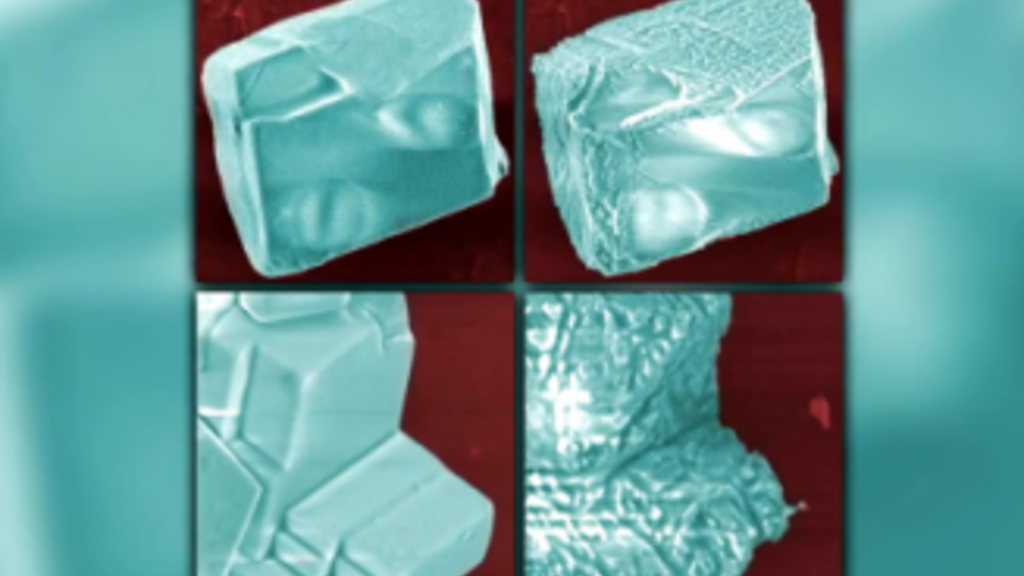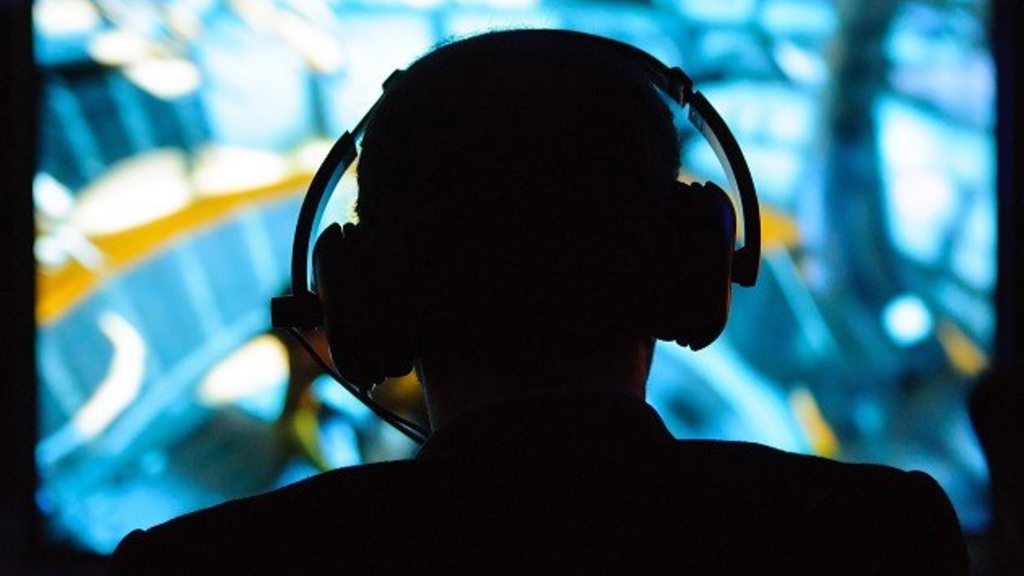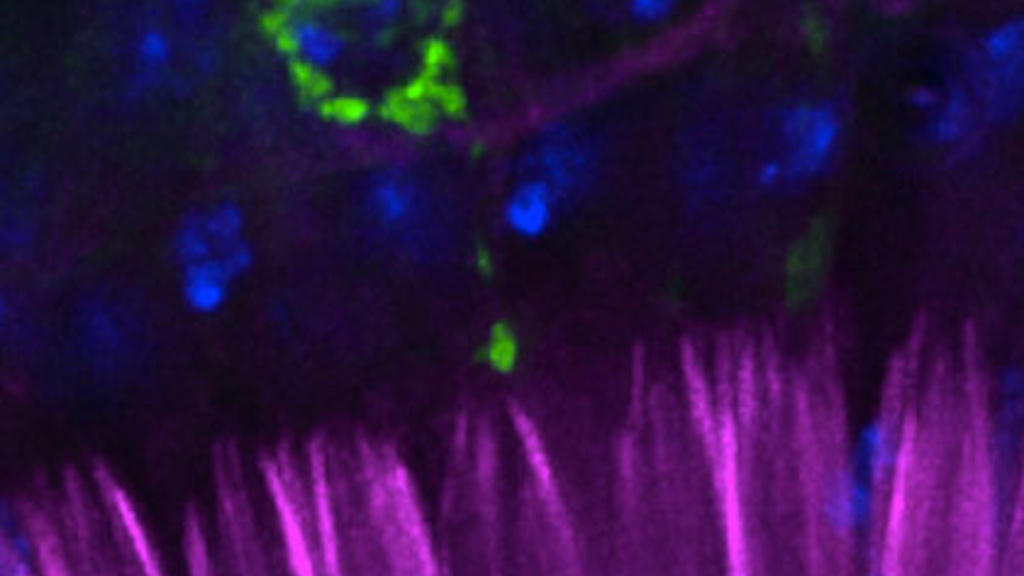College of Liberal Arts and Sciences
Writers' Workshop alum Orner to read Sept. 16
Thursday, September 5, 2013
University of Iowa Writers’ Workshop alumnus Peter Orner will present a free reading at 8 p.m. Monday, Sept. 16, in the Frank Conroy Reading Room of the Glenn Schaeffer Library, adjacent to the Dey House. He will read from "Last Car Over Sagamore Bridge," his second collection of short stories.
$500,000 gift to benefit UI Museum of Art's statewide collections-sharing project
Thursday, September 5, 2013
A recent gift from Matthew and Kay Bucksbaum, of Chicago, Ill., will support a University of Iowa Museum of Art collection-sharing project that began after a historic 2008 flood damaged the museum and 21 other campus buildings.
Pulse in finger reveals your heart's health
Thursday, September 5, 2013
UI physiologist Gary Pierce has developed a new technique to measure a person's heart health with the help of their finger's pulse, which is easier to record and also works better with obese patients, whose femoral pulse can be difficult to obtain reliably.
Humanities gone spatial
Thursday, September 5, 2013
When you think of map-makers, you probably don't picture English professors, philosophers, or art historians. But more and more humanities scholars, especially at the University of Iowa, are using geographic information system (GIS) technology to create digital maps that answer exciting new questions and engage the public.
The four-day workweek
Wednesday, September 4, 2013
Decades ago, experts predicted we would all be working just 14 to 15 hours a week by now, and would have so much free time we wouldn’t even know what to do with ourselves. UI historian Benjamin Hunnicutt calls the shorter workweek the “forgotten American dream."
Your finger's pulse holds the key to your heart's health
Wednesday, September 4, 2013
A University of Iowa physiologist has a new technique to measure the stiffness of the aorta, a common risk factor for heart disease. The procedure involves measuring the pulse in the finger or on the arm, combined with an individual's age and body mass index.
Lin receives $3.2 million NIH grant for lung study
Tuesday, September 3, 2013
A University of Iowa professor has received a $3.2 million National Institutes of Health grant to develop computerized models of the human lung that are easily seen by physicians and patients.

Making sense of atmospheric dust
Tuesday, September 3, 2013
Vicki Grassian, director of the UI Nanoscience and Nanotechnology Institute and professor of chemistry, describes her award-winning work on the role of mineral dust in the atmosphere.

Fruit flies suffer from loud noise
Tuesday, September 3, 2013
Fruit flies are as susceptible to loud noise as teenagers attending rock concerts, scientists have learned. The discovery that being blasted by sound has the same effect on the tiny insects as it does on humans could open up new avenues of research into hearing loss.

Your body will adapt to the heat over time
Tuesday, September 3, 2013
A lot has been made of the hot temperatures and taking precautions to prevent health problems, but UI physiology professor, Kevin Kregel, says you don’t have to be a prisoner of an air conditioned room—your body has the ability to adjust to the conditions.
Tsachor to give piano recital Sept. 15
Tuesday, September 3, 2013
The University of Iowa School of Music will present a faculty recital by Uriel Tsachor at 3 p.m. Sunday, Sept. 15, in Riverside Recital Hall on the UI campus. The performance is free and open to the public.

A fly's hearing
Monday, September 2, 2013
Enter the common fruit fly as the proxy to better understand hearing loss in humans. The study by the University of Iowa looks at how loud noises damage the ear, by affecting the molecular underpinnings. Results published in the online Early Edition of the journal Proceedings of the National Academy of Sciences.
Pagination